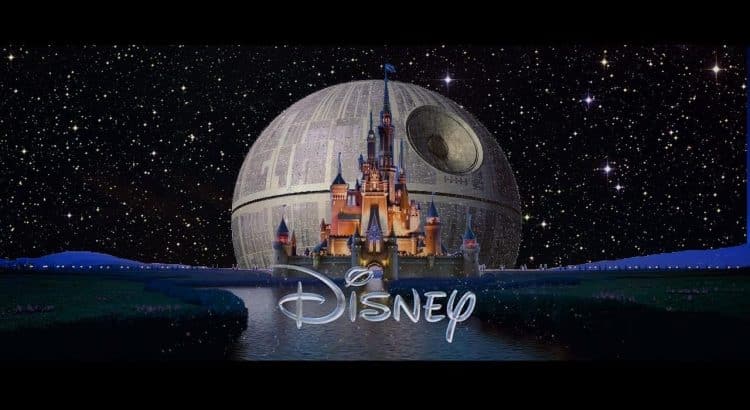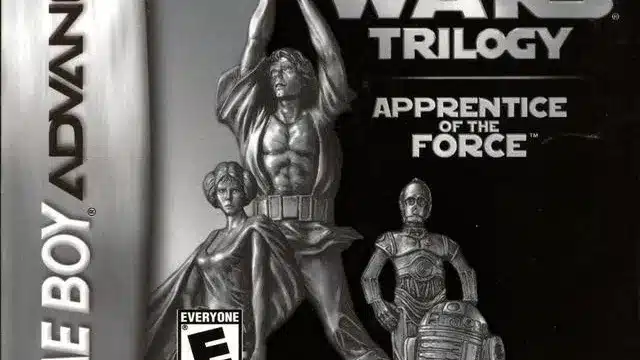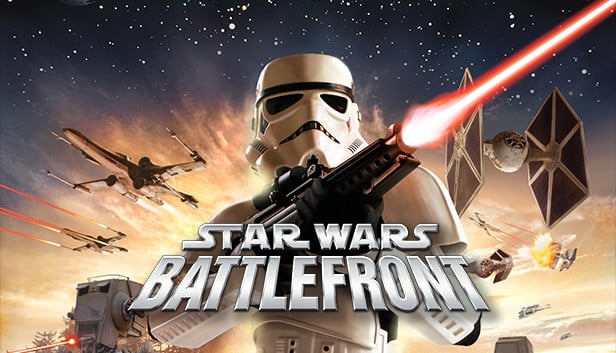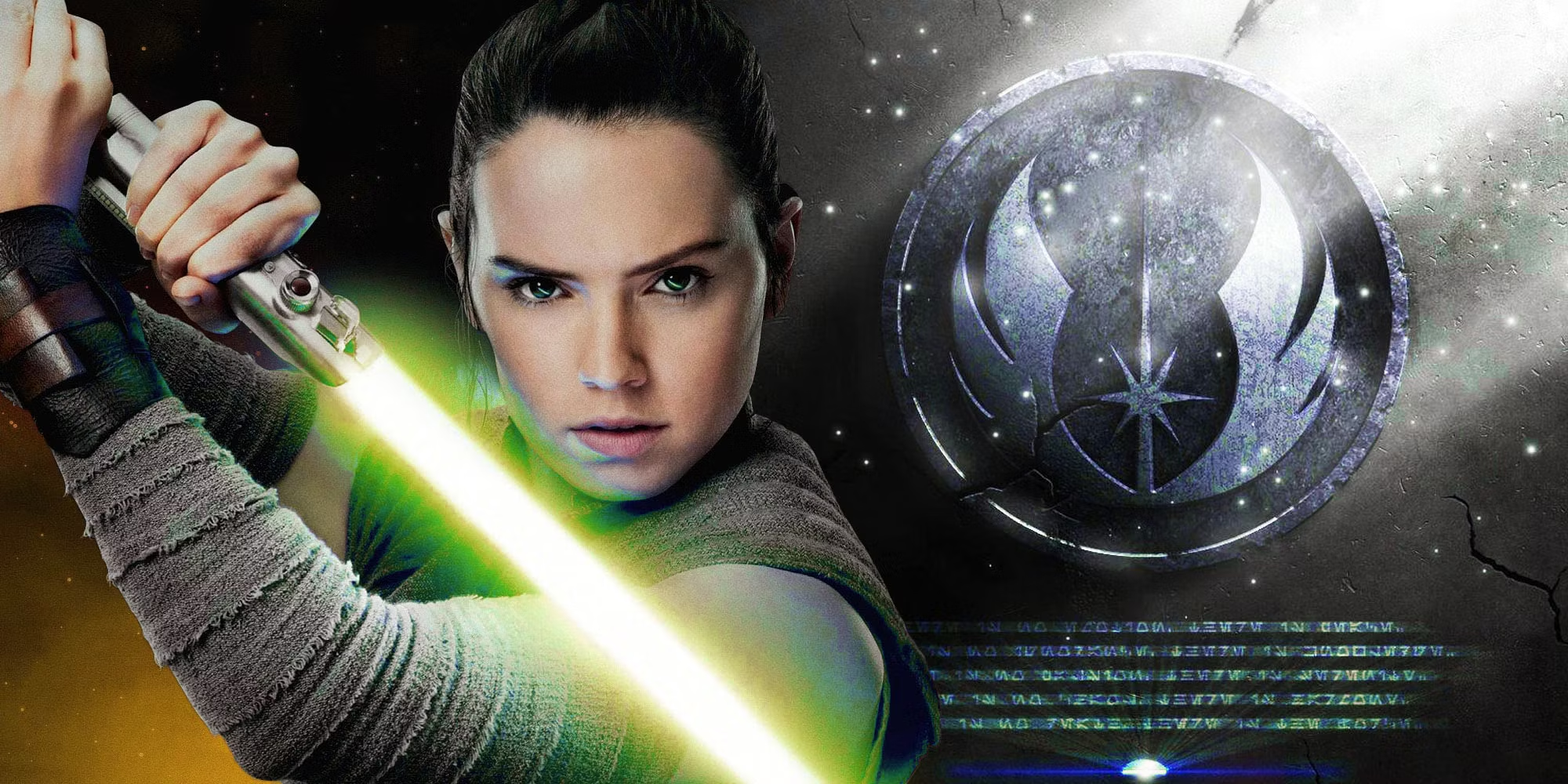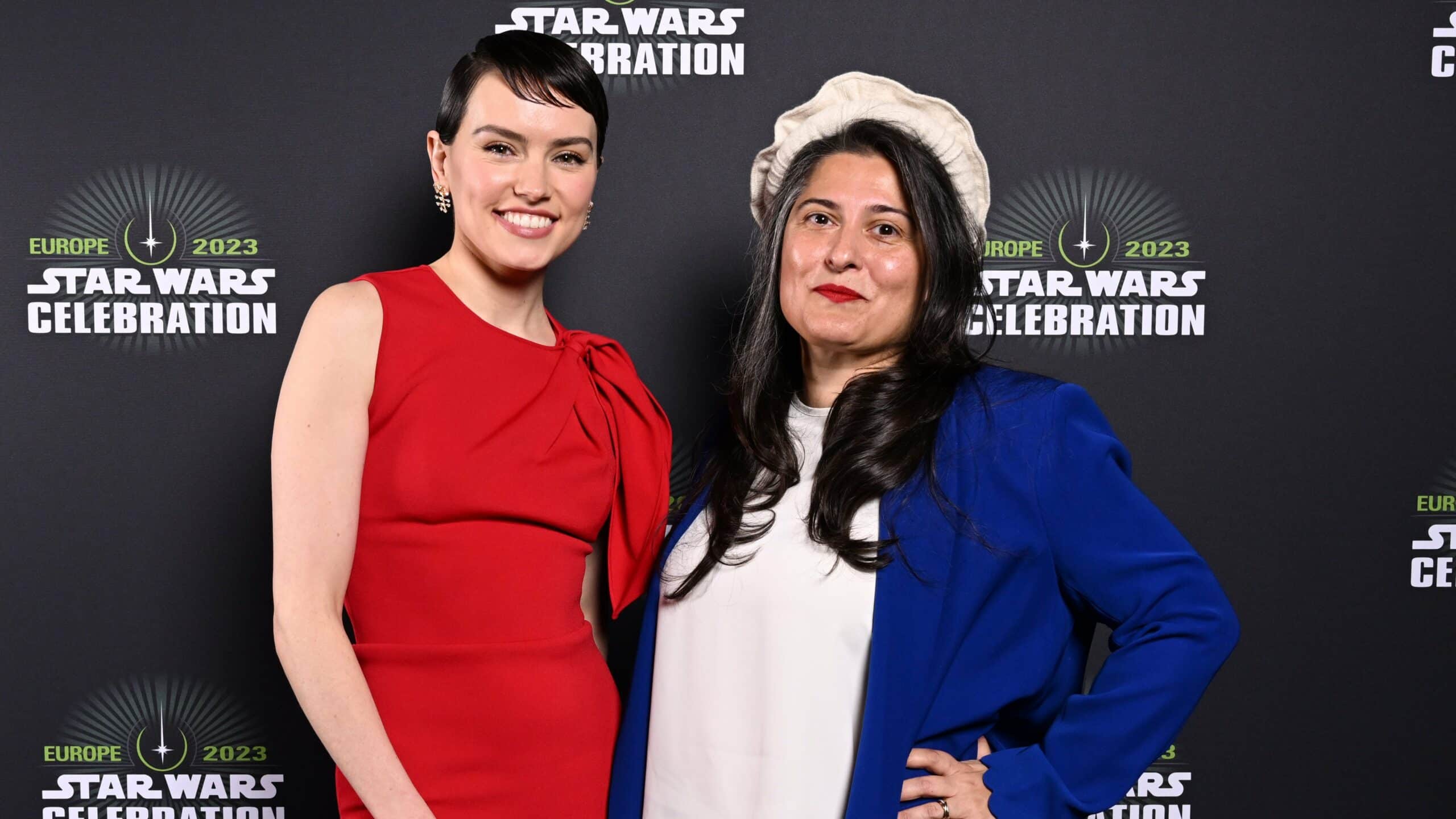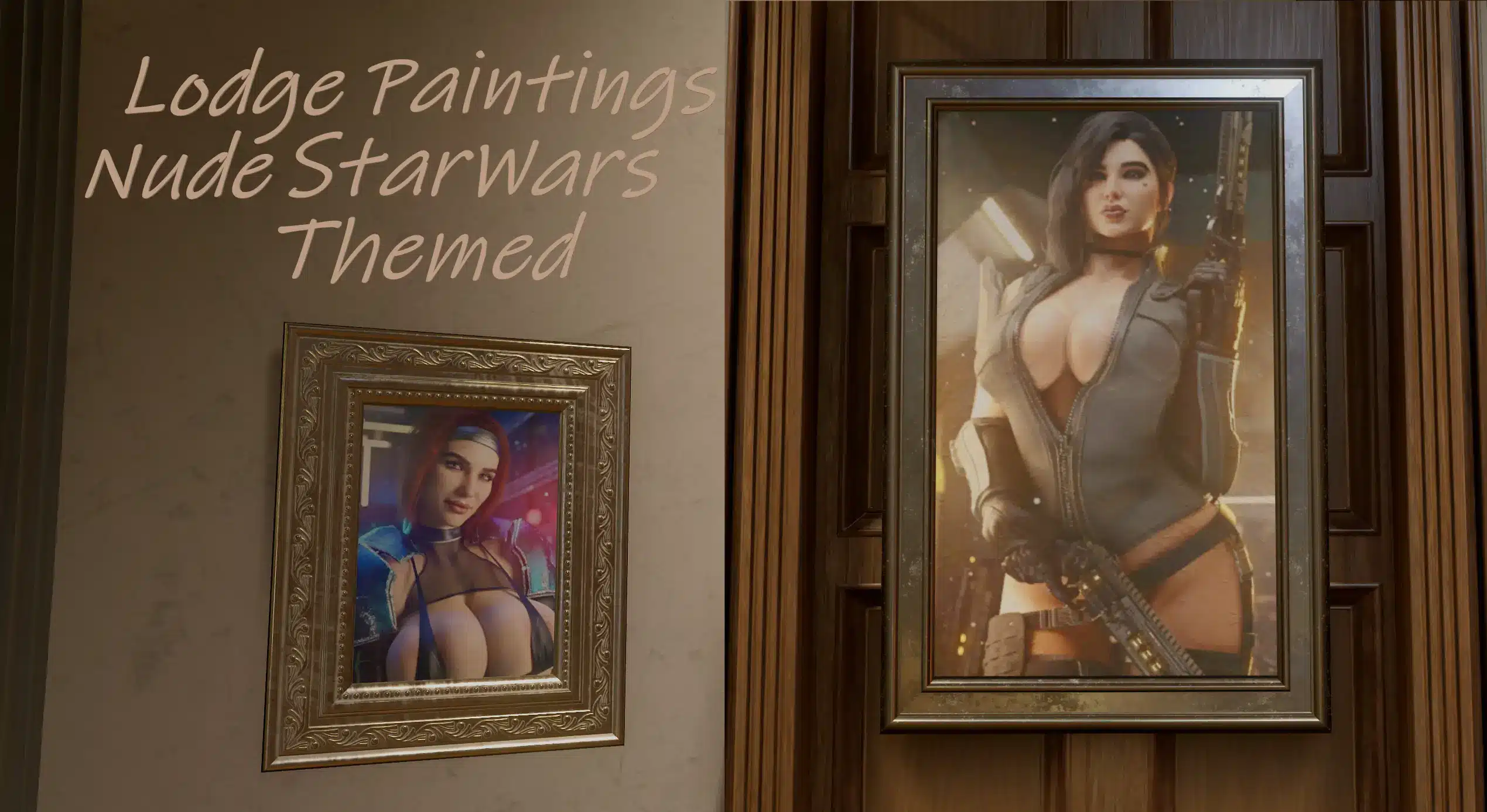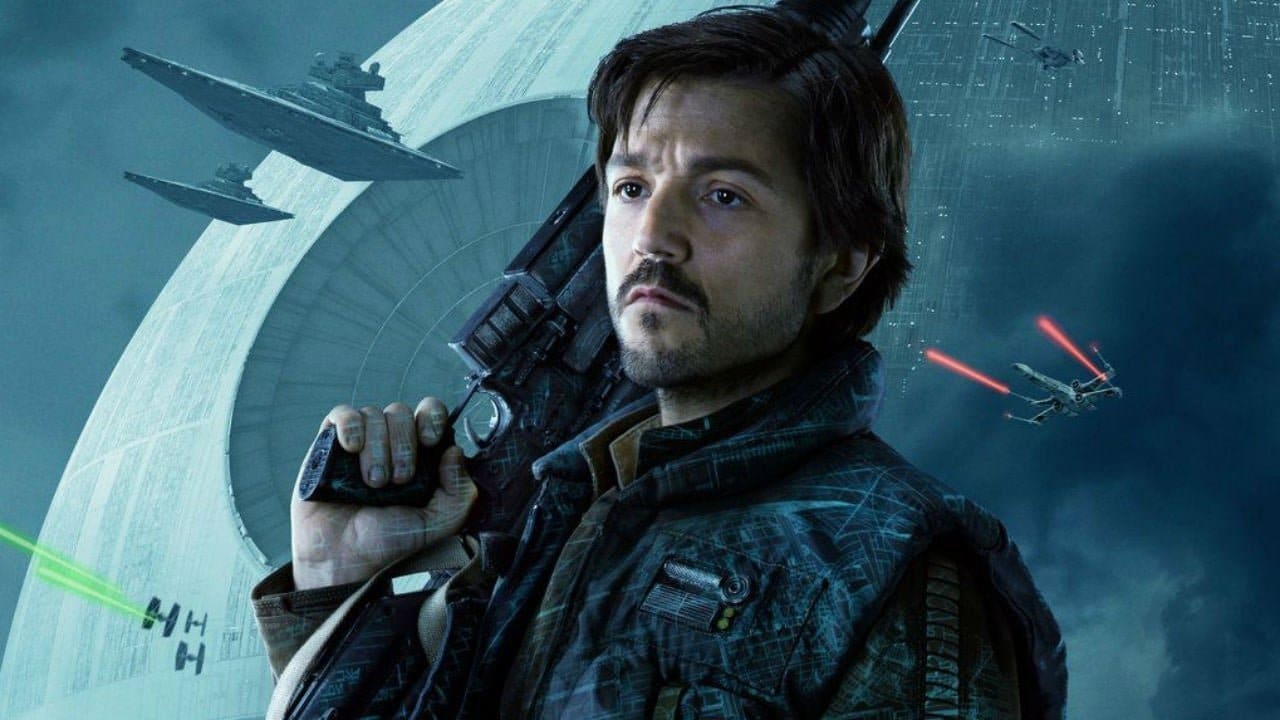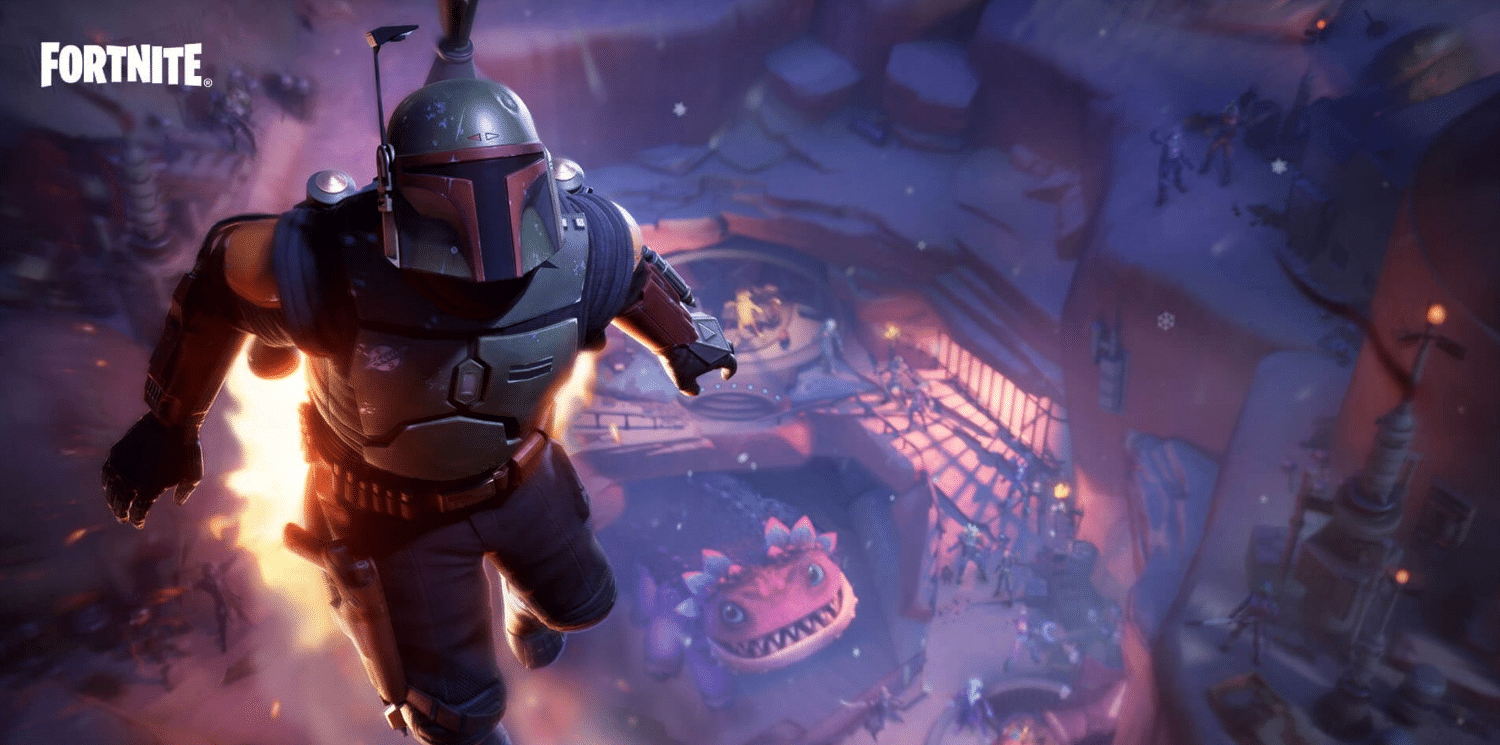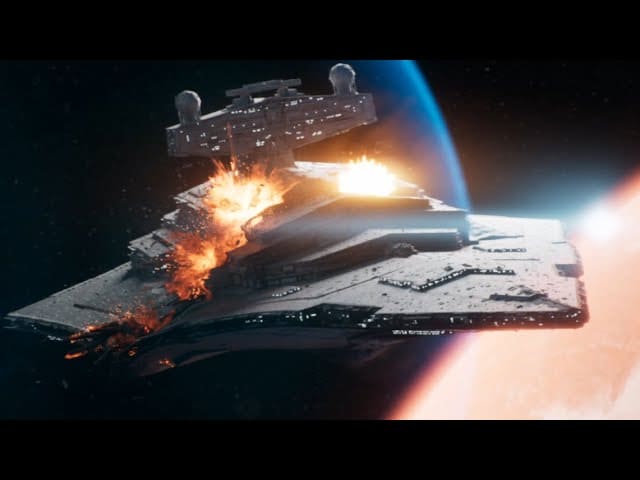A long time ago, in a galaxy far, far away, George Lucas revolutionized the film industry with his space opera phenomenon, Star Wars. Fast-forward to 2012, and Disney’s acquisition of the franchise marked the dawn of a new era for the beloved series. Suddenly, the Force wasn’t just strong—it was backed by the full power of Mickey Mouse. With Disney’s takeover came a whole new direction in storytelling, sparking both excitement and skepticism among fans. While George Lucas’s original trilogy and prequels were a mix of mythical adventure, political intrigue, and groundbreaking visuals, Disney brought a more modern, commercially-minded touch. But has Disney’s approach to Star Wars storytelling honored the original magic, or has it turned the galaxy into a theme park attraction?
Let’s take a deep dive into how Disney’s era has evolved the storytelling of Star Wars, focusing on the Sequel Trilogy (Episodes VII-IX), spin-offs like Rogue One and Solo, and the thematic shifts that have left audiences both cheering and scratching their heads.
A Shift in Tone and Style: From Lucas to Disney
When George Lucas first introduced the world to Star Wars in 1977, the franchise was a pioneer of visual effects, a space fantasy that blended the classic hero’s journey with futuristic technology. It was a product of its time, rooted in the cultural and political context of the late 20th century. Lucas’s style, especially in the prequels, was often a mix of sweeping drama and clunky dialogue (we’ll never forget Anakin’s hatred of sand).
Disney, on the other hand, had to adapt Star Wars for a new generation while still pleasing a fiercely loyal fanbase. Enter J.J. Abrams, the man who helmed The Force Awakens (2015), the first entry in the Sequel Trilogy. Right from the opening crawl, it was clear that Abrams was leaning into a different tone. Gone was the slower, more contemplative world-building of Lucas’s prequels. In its place: fast-paced action, snappy dialogue, and a self-referential style that felt more like a celebration of Star Wars than an evolution.
The Sequel Trilogy, particularly The Force Awakens, was criticized by some for being too nostalgic—practically a retread of A New Hope—with its desert-dwelling protagonist, evil superweapon, and rebellion-resistance parallels. Yet, it was undeniably entertaining, with a visual spectacle that modernized the universe for today’s audiences. Disney’s touch was slicker, the storytelling more focused on fun and immediacy, though sometimes at the expense of depth.
Rian Johnson’s The Last Jedi (2017) took a bold left turn, subverting expectations with an almost irreverent take on the traditional Star Wars formula. It was more introspective, even existential, with characters grappling with the myth of the Jedi and their place in the galaxy. Some fans loved this deviation; others felt it was too much of a departure. And then came The Rise of Skywalker (2019), which attempted to tie all the loose ends in a more conventional, fan-service-heavy way. All told, the Sequel Trilogy showed Disney’s willingness to experiment with tone, but also a hesitation to fully commit to new directions.
Thematic Changes: Legacy, Nostalgia, and Generational Conflict
One of the most striking shifts in the Disney era is its obsession with legacy, nostalgia, and generational conflict. This is no accident. Disney knew that the original Star Wars trilogy held an almost mythic status in pop culture, and playing on that nostalgia was a sure way to engage fans. The Sequel Trilogy, in particular, leans heavily into these themes.
At its core, the Sequel Trilogy is a story about legacy: the legacy of the Skywalkers, of the Jedi, and of the Galactic Empire. Rey, the new protagonist, is constantly struggling with the question of her lineage, while Kylo Ren, the trilogy’s tortured antagonist, is caught between the dark legacy of his grandfather, Darth Vader, and his desire to forge his own path. This dynamic speaks to a broader theme of generational conflict, something many viewers can relate to in a world where tradition often collides with the desire for change.
Nostalgia, however, can be a double-edged lightsaber. While fans cheered the return of beloved characters like Han Solo, Luke Skywalker, and Leia Organa, there were times when it felt like Disney was relying too much on the past. The Force Awakens was essentially a remix of A New Hope, and while it was thrilling, some argued that it played things too safe. The Rise of Skywalker doubled down on nostalgia, bringing back Emperor Palpatine in a move that felt more like a desperate callback than an organic story choice. Disney’s Star Wars often teeters between honoring its legacy and being trapped by it.
Yet, in other ways, Disney has pushed the franchise into new thematic territory. The question of whether the Jedi Order should even exist—a major theme in The Last Jedi—is a bold philosophical stance that challenges the binary nature of good vs. evil that has long defined Star Wars. In this sense, the Disney era is willing to ask deeper questions, even if the answers sometimes leave fans divided.
New Characters and Diverse Representation: A Galaxy for Everyone
One area where Disney undeniably expanded the Star Wars universe is in its introduction of new, more diverse characters. While George Lucas’s Star Wars largely focused on a white, male-driven narrative (with the notable exception of Leia), Disney has made a conscious effort to broaden representation in its galaxy far, far away.
Rey is the first female lead in a Star Wars trilogy, a major step for a franchise that had previously relegated women to supporting roles. In addition to Rey, we have Finn, played by John Boyega, the first Black lead character in Star Wars, and Poe Dameron, portrayed by Oscar Isaac, who adds Latino representation to the mix.
But Disney’s commitment to diversity hasn’t been without controversy. While The Force Awakens introduced these new characters with great promise, both Finn and Poe’s story arcs were diminished as the trilogy progressed, leading some to criticize the franchise for sidelining characters of color. Finn, in particular, was set up as a key figure in the first film but was relegated to a side plot by the time The Rise of Skywalker rolled around. For a franchise that claims to be about hope and inclusion, these missed opportunities felt like a step backward.
Beyond the core films, however, Disney has found more success with diverse characters in its spin-offs. Rogue One (2016) featured Jyn Erso, a strong female lead, as well as a diverse ensemble cast, including Asian and Middle Eastern actors. The movie was praised for its more grounded, gritty storytelling and its willingness to show the darker side of the Star Wars rebellion. Similarly, The Mandalorian, Disney’s wildly successful series on Disney+, has introduced a range of compelling characters from different backgrounds, further diversifying the Star Wars galaxy.
The Role of Nostalgia: A Double-Edged Lightsaber
If there’s one thing Disney knows how to do well, it’s harness nostalgia. With Star Wars, they’ve perfected the art of tapping into fans’ deep-rooted love for the Original Trilogy while simultaneously introducing new elements to keep things fresh. But there’s a fine line between honoring nostalgia and overindulging in it, and Disney’s Star Wars often walks that tightrope.
Nostalgia is both a boon and a burden for the Sequel Trilogy. The Force Awakens played heavily on it, bringing back familiar characters, settings, and story beats. Fans loved seeing Han Solo and Chewbacca aboard the Millennium Falcon again, but others felt like they’d seen this story before—because, well, they had. The film was a deliberate homage to A New Hope, but it also sparked criticism for playing it too safe.
The Last Jedi took a sledgehammer to nostalgia, challenging fans to let go of the past. Luke Skywalker’s disillusionment with the Jedi Order, Rey’s uncertain lineage, and even the destruction of iconic ships like the Millennium Falcon were all bold attempts to push the narrative beyond its roots. But, as we saw with The Rise of Skywalker, nostalgia came roaring back. In a somewhat controversial move, the film brought back Emperor Palpatine, reintroducing a villain many felt was better left in the past. This balancing act between innovation and nostalgia has defined Disney’s approach to Star Wars storytelling.
Spin-offs like Rogue One and Solo have also leaned into nostalgia, though with a bit more finesse. Rogue One, for example, takes place just before the events of A New Hope, filling in gaps in the original story while also introducing new characters and a grittier tone. Meanwhile, Solo (2018), an origin story for Han Solo, explored a beloved character’s backstory, though it failed to capture the same magic as the other spin-offs.
Conclusion: A New Hope or The Same Old Story?
Disney’s handling of Star Wars storytelling is a mixed bag. On one hand, the Sequel Trilogy has struggled to balance nostalgia with innovation, sometimes relying too heavily on the past to move the story forward. On the other hand, spin-offs like Rogue One and The Mandalorian have breathed new life into the galaxy, offering fresh perspectives and deeper explorations of the Star Wars universe.
The shift in tone and style, the focus on legacy, and the introduction of more diverse characters show that Disney is committed to evolving the franchise. Yet, there’s always the looming question of whether these changes are enough to satisfy fans who want both something familiar and something new. Disney’s Star Wars may not have the same pioneering spirit as Lucas’s original creation, but it’s still capable of capturing the magic that makes the galaxy so beloved.
In the end, the story of Disney’s Star Wars is one of trial and error, a balancing act between past and future. And as we continue to journey through this new chapter, one thing is clear: the Force is still with us, even if it looks a little different than before.


